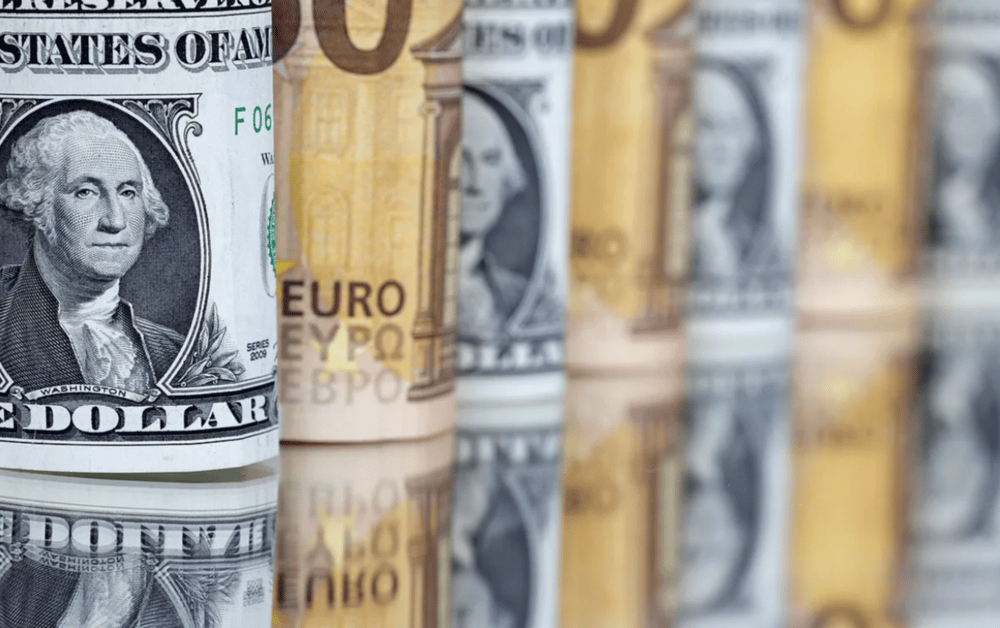USD Hits 3-Year Low as Fed Rate Cut Bets and Trade Policy Volatility Roil Currency Markets
The U.S. dollar (USD) has fallen to its weakest level in three years, driven by a confluence of shifting trade policy, heightened market uncertainty, and escalating expectations of Federal Reserve interest rate cuts. The U.S. Dollar Index (DXY) has dropped nearly 10% year-to-date, underscoring a broad retreat from the greenback amid weakening investor confidence in U.S. monetary and fiscal direction.
This sharp depreciation is rippling through foreign exchange (FX) markets, putting pressure on global monetary authorities and contributing to volatility in inflation forecasts and capital flows, particularly in emerging markets. The dollar’s decline is also fueling demand for alternative assets and currencies, reshaping the post-pandemic financial landscape.
Dollar Decline and Global Spillovers
The decline of the USD is tied closely to three primary dynamics: market recalibration of Fed rate policy, erosion of safe-haven demand amid softening U.S. macro data, and growing concerns over protectionist trade rhetoric from Washington. The weakening dollar, often viewed as a leading barometer of U.S. economic policy credibility, signals that investors may be questioning the long-term stability of the U.S. financial stance.
As expectations for multiple Federal Reserve rate cuts mount, capital outflows from U.S. assets are accelerating. Lower U.S. yields diminish the relative attractiveness of dollar-denominated holdings, prompting portfolio shifts toward euro (EUR), yen (JPY), Swiss franc (CHF), and select emerging market currencies.

Quick Facts
📉 The U.S. Dollar Index (DXY) is down nearly 10% YTD, hitting its lowest since 2022.
💱 Major currencies such as the EUR, JPY, and GBP have strengthened notably against the USD.
📉 Expectations of up to 75 basis points in Fed rate cuts are now priced into futures markets.
⚠️ Global central banks face complex policy choices amid imported inflation via FX revaluation.
🌍 Investors rotate away from USD assets in favor of alternative currencies and commodities.
Extended Analysis: Market Reaction and Expert Commentary
The currency market's reaction reflects a reassessment of the Fed's ability to maintain price stability without choking off growth. Lower real yields have eroded the greenback's carry trade appeal, while the U.S.’s shifting stance on tariffs and trade treaties has introduced structural uncertainty.
Emerging markets, particularly those reliant on commodity exports or external debt, are both beneficiaries and victims. A weaker dollar eases external financing burdens but introduces inflation risk through higher import prices. Central banks across Latin America, Southeast Asia, and Eastern Europe are now faced with tightening decisions that could hinder growth momentum.
Financial institutions have responded accordingly. JPMorgan noted in a research note that the dollar is “at risk of entering a prolonged weakening cycle,” while Deutsche Bank forecasts $EURUSD to approach 1.15 in the near term, assuming Fed dovishness persists.

Key Market Points
Currency Rebalancing: USD losses have propelled EUR/USD and $USDJPY to multi-year highs.
Capital Flows Shift: Investors increasingly favor emerging markets and precious metals.
Inflation Transmission: FX-driven inflationary pressures are rising in dollar-sensitive economies.
Trade Uncertainty: Unpredictable U.S. trade rhetoric adds to FX market volatility.
Policy Dilemma: Global central banks must balance inflation control against currency strength.
Dollar Slide Marks Global Monetary Crossroads
The rapid depreciation of the USD marks more than just a technical correction — it reflects a shifting paradigm in global monetary leadership. With the Federal Reserve's policy credibility under scrutiny and trade tensions exacerbating uncertainty, investors are repositioning away from the dollar's long-standing safe-haven status.
The broader impact spans continents, as fluctuating exchange rates complicate monetary frameworks and inflation trajectories across the global economy. If sustained, the USD weakness may trigger a strategic reallocation of global reserves, recalibrate trade dynamics, and signal the beginning of a multi-currency world order in which dollar dominance is no longer guaranteed.















Comments
It's intriguing to see the dollar's sharp fall signal deeper shifts in U.S. economic policies.
This transaction reflects the growing emphasis on scalable, tech-driven operational models